How to Make Chamomile Oil

This soothing chamomile oil deeply nourishes and restores the skin. Chamomile’s healing properties may help heal wounds, diaper rash, or eczema.
Chamomilla is has been known since ancient times and highly valued by the Egyptians, Romans, and Greeks for its medicinal properties. It has been primarily used for wound healing, digestive upset, or relieving skin conditions such as eczema or rashes.
Chamomile's name is derived from two Greek words: Khamai, meaning “on the ground,” and melon, meaning “apple.” for its apple-like aroma.
There are two types of chamomile one can come across. Roman chamomile (Chamaemelum nobile or Anthemis nobilis) and German chamomile (Matricaria recutita or Chamomilla recutita) differ in chemical composition and appearance. However, the main active ingredient is chamazulene, which is present in both varieties but higher in German chamomile.
“As an Amazon Associate, I earn from qualifying purchases.” Read full disclosure here.
MATERIALS
Chamomile oil
Chamomile infused oil is made by soaking dried chamomile flowers in a carrier oil for several weeks. The maceration allows the herb to relieve its chemical compounds into the oil. After straining the herbal material, you will get potent infused oil that will carry the medicinal properties of chamomile.
At this stage, I would like to clarify the difference between chamomile infused oil that you can make at home and chamomile essential oil that is done by steam distillation and involve several steps and special equipment. First, you will need a much higher amount of herbal material to produce a few drops of oil. By simmering the herbs, you make steam that goes into a distillation tube and runs through cold water, condensing the steam into a liquid. The liquid is hydrosol and on the top of hydrosol is a thin layer of essential oil that you need to capture. The process is quite tricky and results in a tiny amount of oil.
On the other hand, infused oil is easy to make, and we will cover the step-by-step process in this tutorial.
Chamomile for the skin
Wound healing
When you apply a piece of cloth soaked in chamomile tea to the affected area, it will promote healing and ease the pain. On the contrary, our skin can absorb the benefits of chamomile more effectively when in the form of oil. Facial oil possesses antibacterial activity that helps to speed wound healing.
Skin irritation
Historically, chamomile has been used to ease skin disorders such as atopic dermatitis or eczema.
Chamomile has also been effective in easing pain and other skin irritations such as chicken pox or diaper rash. You can find more information in this study.
How to make chamomile oil
First step - collecting chamomile flowers
Foraging for chamomile. If you decide to forage wild chamomile you better be able to identify it first.
Chamomile belongs to the daisy family and therefore has a composite flower. The yellow center is made of lots of tiny flowers forming a disc surrounded by white petals. With feathery and light green leaves, chamomile grows anywhere from 60 centimeters to 1 meter tall.
Depending on conditions, chamomile blooms between May and October.
Second step
Once you are familiar with the herb, collect its flowers on sunny, dry day and let them wilted for 1-2 days. Chamomile flowers contain moisture that can spoil the oil.
If you decide to purchase dried flowers, you can jump directly to the next step
Second step - carrier oil selection
Depending on how you plan to use your DIY chamomile oil, you can decide which carrier oil to use. A great advantage of making your own skincare is is is is that you can select each ingredient individually based on your skin type or intention of use. If you have dry skin, I suggest, going for chamomile facial oil that is nourishing and rich in fatty acids such as macadamia or avocado oil. On the other hand, if your skin is oily you better chose chamomile facial oil with a high amount of linoleic acids such as grapeseed or sunflower oil. As for me with normal skin, I went for olive oil which is packed with antioxidants and help to prevent wrinkling. If you wish to learn more about carrier oils I found this article very useful.
Third step
Now use a sterilized jar and fill it about halfway with dried or wilted chamomile petals
Fourth step
Pour over olive oil until it’s just about full. Make sure that chamomile flowers are covered completely with oil
Fifth step
Close the jar with a lid and place it in a sunny spot.
Sixth step
Shake occasionally to redistribute the jar’s contents. Also, check if some oil evaporates.
Add more to cover all herbal material.
Seventh step
After 4-6 weeks, strain the herbal material through a cheesecloth or a muslin bag in a sterilized dry jar and label it.
How long does this chamomile oil last?If you store it properly in a dark, cold place, it should last up to 1 year. You can extend its shelflife if you refrigerate it.
Can I make this chamomile oil recipe faster? You can select the double boiler method that speeds up the maceration process with heat. Place the carrier oil with chamomile flowers into a double boiler and let the mixture to a slow simmer. The best practice is to use a thermometer, as the temperature should not exceed 120 F (50 C). Keep the heat low for 5-6 hours to help release chamomile’s medicinal properties. After that, strain the petals, and you get chamomile fragrance oil.
How to use chamomile oil
chamomile massage oil
When massaged into your skin, this oil improves your skin’s health, such as skin irritations or dry patches of skin. Moreover, chamomile massage oil can help calm anxiety and ease the pain.
Bath Oil
Relax with a relaxing chamomile fragrance oil, Just a few splashes into your warm bath water may calm you down and make your skin smooth and moist.
in creams
Use this infused oil recipe as a base for your creams, lip balms, body butter, or salve.
Calming oil
If you suffer from irritated skin issues, soak a cloth in this infused oil and apply directly to the achy area. Keep it for 15- 20 minutes for relief.
Enjoyed the project?
The author may collect a small share of sales from the links on this page.

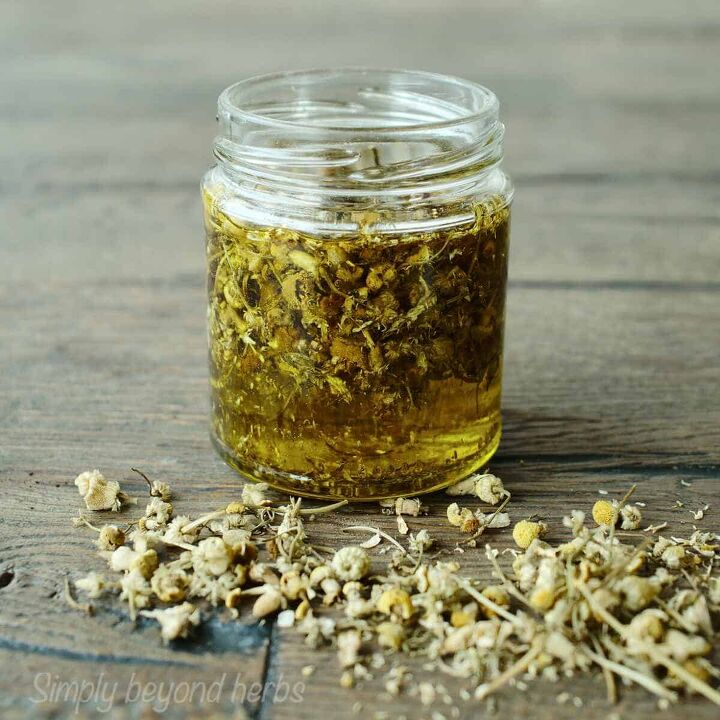






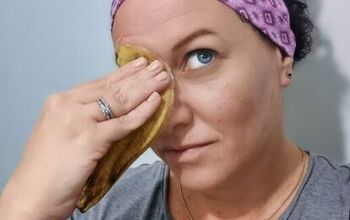


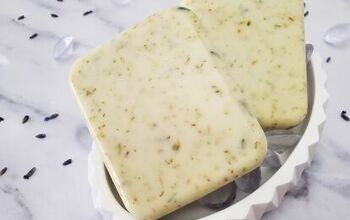





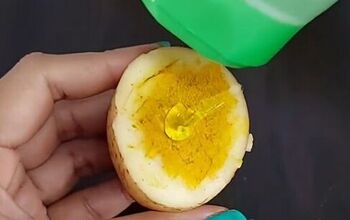

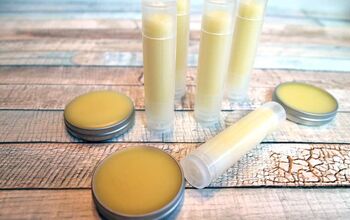


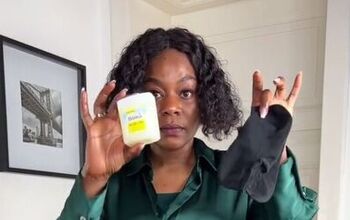

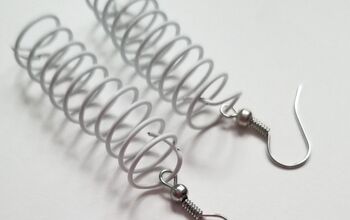

Comments
Join the conversation
Got a question?
You mention Carrier Oil a couple of times and Olive Oil. The ingredients listed shows olive oil...
What exactly should be used for your instructions?
Thank you
Hi Kimberly, I used olive oil in this recipe, you can use it too if it suits you. Alternatively you can select other carrier oil, such as almond oil, apricot oil, coconut oil or so. Depends on your skin type and purpose of your project.